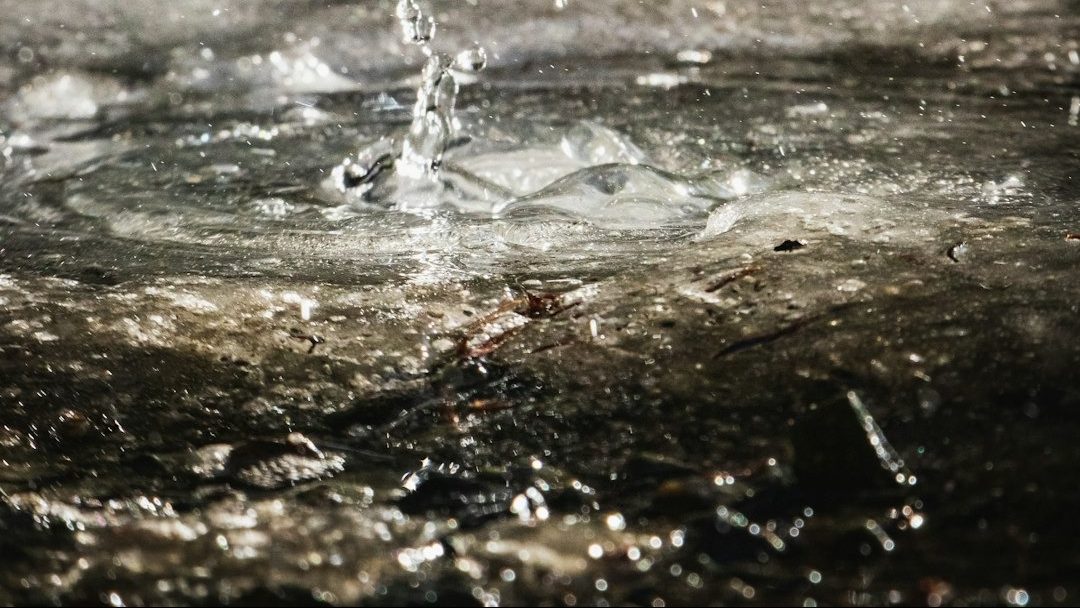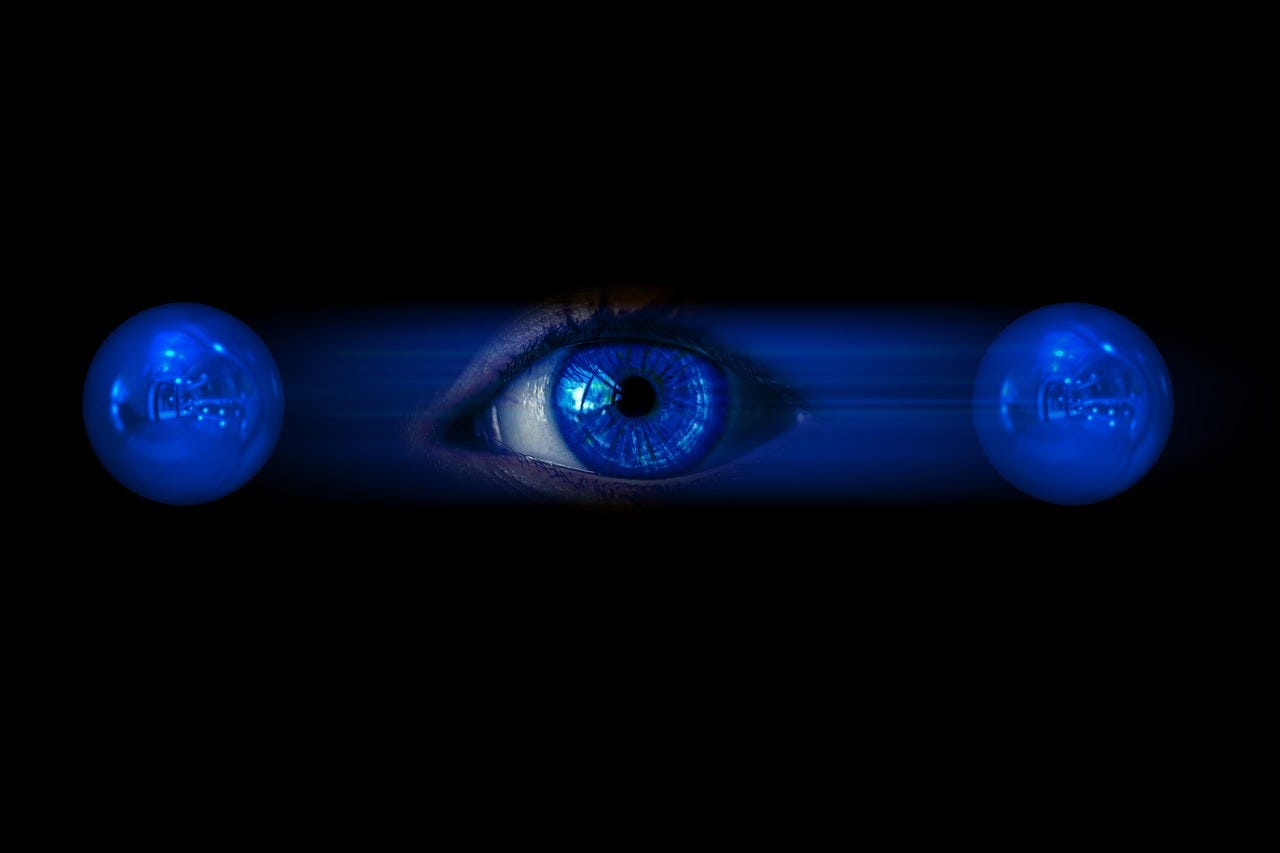In my last post, I argued that something is missing in how we describe reality. Physics gives us a machine without experience; psychology gives us experience without matter. To bridge the two, I introduced a scaffold I call CIR²S.
Today I want to go into more detail as to why I selected this model.
The Five Stages of CIR²S
CIR²S stands for:
Coherence → Information → Resonance → Redundancy → S-Selection.
Each stage is drawn from mature physics and information theory. Together, they describe how fragile quantum possibilities turn into the stable, irreversible events that make up our lives.
1. Coherence (quantum mechanics)
Quantum systems begin as superpositions — multiple possibilities at once. Coherence is what keeps those possibilities aligned, like a choir singing in harmony.
If coherence vanishes instantly, there’s nothing stable enough for informational loops to form. Awareness only arises where coherence lasts long enough to create a stage for experience.
2. Mutual Information (Shannon’s theory)
For a system to matter, it has to share correlations with its environment. Information is the constraint that links observer and observed. It’s the handshake that couples you to a possibility.
3. Resonance (control theory)
Once connected, some patterns sustain themselves better than others. Resonance is like a tuning fork — once struck, it keeps vibrating, reinforcing itself. Awareness persists only where these loops continue.
4. Redundancy (Quantum Darwinism)
Amplification alone isn’t enough. A state becomes “real” when identical information about it spreads into many parts of the environment. Redundancy makes outcomes objective: everyone agrees which branch happened.
5. S-Selection (thermodynamics)
Finally, entropy sets direction. Low-entropy beginnings allow coherent structures to form; rising entropy locks choices into history. Once the glass has shattered, you can’t un-shatter it.
The Role Of Awareness
CIR²S is intended as a methaphysical interpretation layered on top of standard quantum physics. It proposes no modifications to the Schrödinger’s unitary equation, no violations of the Born rule. Its goal is to speculate how awareness (possibly through exerting extremely small awareness-related biases) may interface with quantum structure in a way that is lawful, constrained, and compatible with modern physics and capable of shaping events subtly, yet cumulatively over time.
Three Layers of Consciousness
To make sense of this, I divide consciousness into three layers:
- Constraint substrate — physics prunes possibilities through coherence, decoherence, and entropy. No experience yet, just the stage.
- Experiential consciousness — when systems (like organisms) form loops that integrate perception and action, experience arises. It feels like something to be such a system.
- Awareness — a meta-level faculty that can direct attention, shape context, and (speculatively) bias outcomes. This is what allows choice and agency to appear.
What Is Consciousness in CIR²S?
Constraints naturally reduces entropy locally. Reduced entropy is the creation of information. These signals of information become feedback loops that amplify and stabilize patterns and some of these patterns from the inside, are what we call consciousness. Consciousness is what it feels like when matter organizes chaos into meaningful, self-sustaining patterns. Consciousness is the pruning of information (via constraints) into patterns, which feedback loops then weave into the ongoing story of “me.” We humans tell stories and narratives are the highest level loop of our brain used to tame chaos.
Consciousness Entry Nodes
So where might awareness actually meet physics in CIR²S? I see three possible “entry nodes”:
- Setup — Which possibilities do I even open up? Which questions do I ask? What intentions guide me?
- Attention & Timing — When do I act? When do I focus? Could awareness bias which outcome stabilizes? (Speculative.)
- Recognition — When do I treat an event as final? When does the branch become irreversible? (Speculative.)
These are not violations of physics. They are within physics. Awareness may not control outcomes, but it may bias which pathways get stabilized.
Time as Slush, Ice, and Open Water

Here’s one way I picture it:
- The past is solid ice — decohered, locked in, irreversible.
- The present is slush — half-frozen, malleable, thickening.
- The future is open water — wide possibilities not yet constrained.
Awareness doesn’t melt the ice or part the sea. But it might shift where the slush thickens into ice.
A Famous Example
Physicist Avshalom Elitzur’s “bomb testing” experiment showed that even non-taken paths leave traces. The fact that unused possibilities still matter suggests that awareness, if entangled with those paths, could in principle matter too.
I don’t claim this proves anything. But it points toward the kind of subtle interplay I want to test.
Looking Ahead
CIR²S is the backbone of my project. In upcoming posts, I’ll explore:
- How constraints themselves give rise to consciousness.
- How awareness might bias physics in real time.
- Whether these ideas are falsifiable in principle.
If you’re curious about whether awareness plays any role in the unfolding of reality, subscribe and follow along.
This is where mind meets quantum potential.

For readers with a physics background…I have chosen to use CFS as a mathematical framework where spacetime and quantum collapse emerge naturally, without needing a universal wavefunction or Many Worlds.
Small Bias → Large Change (speculative)
CIR²S predicts that even a minuscule awareness bias acting before collapse, over repeated branchings in nonlinear systems (such as causal fermion systems*), may produce measurable changes in branch selection. This is not because the bias is large, but because chaotic amplification and feedback loops turn small, consistent nudges into macroscopic results.
I decided to use CFS as my working framework because it’s the most fully developed theory linking quantum behavior and space-time geometry. It does not force upon you a universal wavefunction manifold and collapse emerges naturally from CFS. But, my intuition follows Avshalom Elitzur in that the future doesn’t exist until it becomes real and CFS still uses a full block history. I’d love to see CFS extended to use non-Markovian stochastic processes that allow for a step-by-step becoming. I appreciate Jacob Barandes’ indivisible stochastic processes (ideally, after it’s been made fully relativistic with light cone triggers) but obviously these things are for much smarter people to undertake.

Leave a Reply